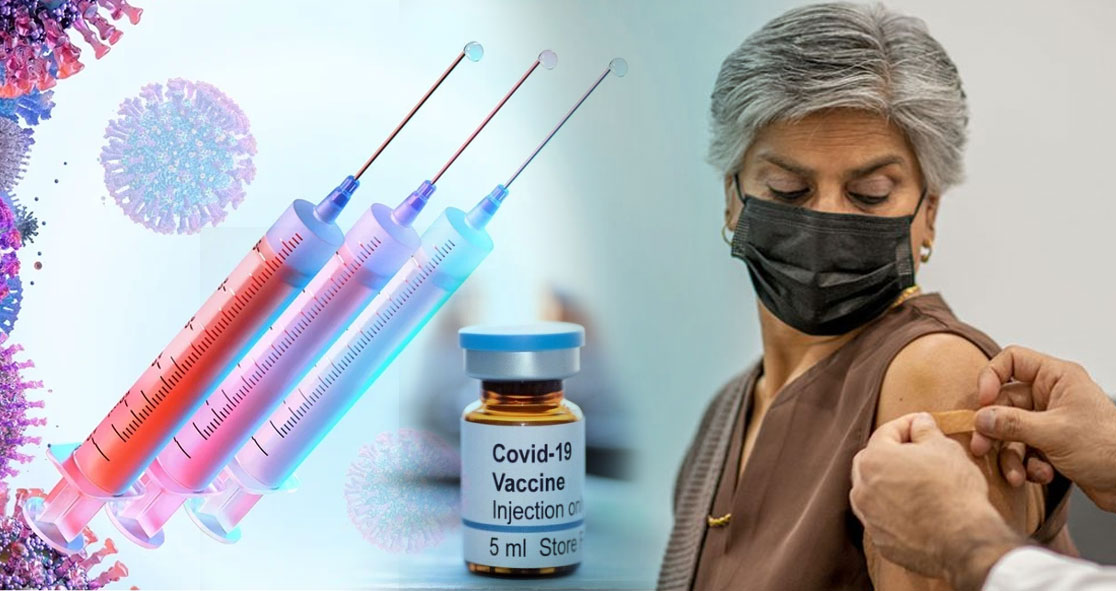A new report by the U.S. Centers for Disease Control and Prevention (CDC) has shown that most side effects of a third (booster) dose of a COVID-19 vaccine are mild or moderate, according to Medical Xpress.
The CDC report has also shown that those side effects occur about as often as after receiving the second dose.
Researchers assessed more than 22,000 people who received a booster shot from August 12 to September 19. The participants were signed up for a vaccine safety smartphone app.
During this time, the CDC and FDA approved the booster dose for people who are immunocompromised but not to the general population.
CDC Director Dr. Rochelle Walensky said in a press briefing, “The frequency and type of side effects were similar to those seen after the second vaccine doses, and were mostly mild or moderate and short-lived.”
The researchers said the frequently reported side effects after the third dose included injection site pain (71% of the participants), fatigue (56%), and headache (43%).
Of all those participants, about 28% said they were unable to perform normal daily activities, usually the next day. Nearly 2% of those took medical care, while and 0.1% (13 participants) were hospitalized.
The participants received the third dose of either Moderna or Pfizer vaccine. Those who received Moderna’s vaccine experience localized reactions, such as arm pain.
Last week, the FDA approved the booster dose of Pfizer vaccine to those aged above 65, those between 18 and 64 with comorbidities such as obesity or diabetes, and those who are at high risk.
The CDC, however, cautioned that there were certain limitations to the report.
Meanwhile, the nation’s top infectious disease expert Dr. Anthony Fauci has said that booster doses are keeping people healthy, according to The Atlantic.
He told Ed Yong, a science journalist, “I’ve made it clear that my opinion has always been that I believe that a third-shot booster for a two-dose mRNA [vaccine] should ultimately and will ultimately be the proper, complete regimen. The vaccine is very successful.”
Dr. Fauci, who is also the director of the National Institute of Allergy and Infectious Diseases (NIAID), said that there is a major difference between the 1918 Spanish flu pandemic and the ongoing COVID-19 pandemic.
He said we have a simple tool to reduce the spread of COVID-19: a vaccine, which did not exist during the Spanish flu pandemic.
Dr. Fauci told Takeout, “It’s important that back in 1918, they did not have vaccines. We now have a highly effective tool to blunt this outbreak and to essentially crush it if we get ourselves in this country and the rest of the world vaccinated.”
“So there’s a similarity in the extraordinary number of deaths in both of these now, historic pandemics, but a really important difference is that we have a tool now that we did not have back then,” he added. “That’s the reason why it should impress upon everyone who’s listening to us now realize why it’s so important to take advantage of that tool.”























